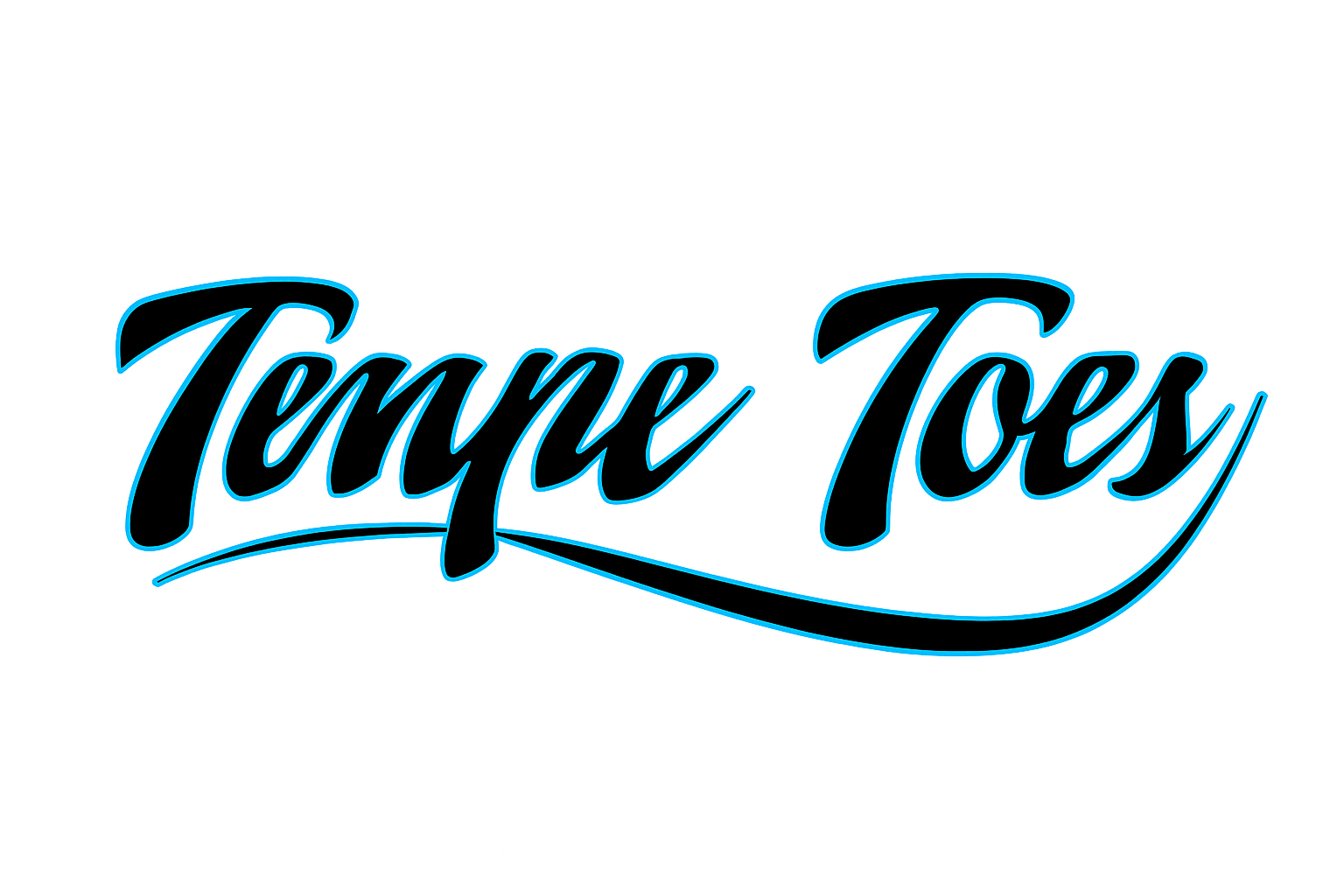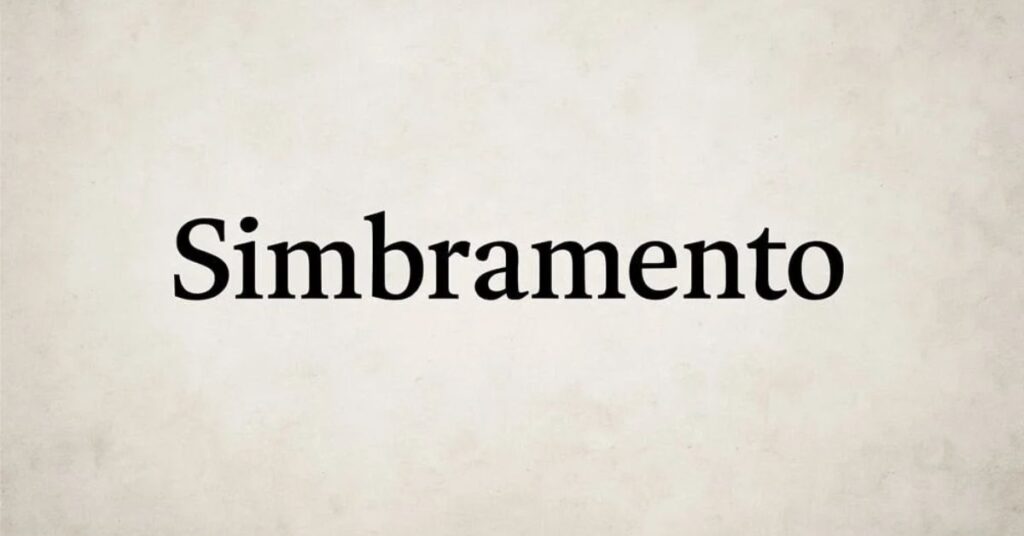In a world that constantly pushes us to do more, be more, and consume more, a new term is beginning to take hold in everyday vocabulary—simbramento. Though not yet formally recognized in academic psychology or dictionaries, simbramento is rapidly gaining popularity as a word that describes a very real and relatable experience: the emotional and mental overload that paralyzes us in our daily lives.
What Does Simbramento Mean?
The word simbramento loosely refers to the state of being overwhelmed—when the brain is flooded with too many thoughts, responsibilities, or emotional inputs. It’s not just stress. It’s a tipping point where your mind starts to lose coherence, and decision-making becomes difficult. People experiencing simbramento often feel stuck, frustrated, or disconnected from their purpose.
Simbramento captures the modern phenomenon of living in an “always-on” culture—one that demands constant attention and productivity, with very little room for pause.
Where Did Simbramento Come From?
The term simbramento is believed to have informal roots in Mediterranean language traditions, possibly influenced by Latin-based phrases related to assembly or piling up. While it hasn’t made its way into formal dictionaries, it’s being used in online discussions, personal development blogs, and social commentary to describe a collective mental state many experience but don’t know how to define.
In essence, simbramento is the mental equivalent of a traffic jam—where all your mental “cars” are trying to move forward, but nothing is going anywhere.
Signs That You’re Experiencing Simbramento
Recognizing simbramento early can help prevent more serious mental health issues like burnout, anxiety, or even depression. Here are some of the most common symptoms:
-
You feel overwhelmed by even small tasks
-
You struggle to focus or complete thoughts
-
You procrastinate despite wanting to be productive
-
You feel emotionally flat or irritable
-
You’re mentally exhausted even after resting
If these signs sound familiar, you might be dealing with simbramento—a state that demands a change in lifestyle, not just a break.
How Technology Fuels Simbramento
A major cause of simbramento today is information overload. Between endless emails, news updates, social media, group chats, and constant pings from smartphones, our brains rarely get a chance to rest.
Unlike past generations, we are exposed to more content in a single day than our ancestors might have encountered in a month. This volume of input creates noise, and when that noise becomes unmanageable, simbramento takes hold.
Key digital triggers for simbramento include:
-
Multitasking across multiple tabs or apps
-
Being reachable 24/7 through mobile devices
-
Constant comparison on social media
-
Lack of deep focus due to distractions
Practical Ways to Cope with Simbramento
While simbramento is a difficult mental state, it can be managed with conscious effort and lifestyle changes. Here are some practical tips that can help reduce and prevent it:
1. Digital Boundaries
Create limits for how often you check your phone or social media. Set specific hours for responding to emails, and turn off notifications for non-urgent matters.
2. Simplify Your To-Do List
Instead of trying to do everything, focus on one or two key tasks per day. Prioritizing deep work over busy work helps reduce mental clutter.
3. Practice Mindfulness
Meditation, journaling, and quiet reflection can ground your thoughts. Even 10 minutes a day can create mental space and clarity.
4. Reconnect with Nature
Time outdoors helps reset the nervous system. Whether it’s a walk in the park or gardening, being in nature offers a break from overstimulation.
5. Say No More Often
Sometimes, simbramento comes from trying to please everyone or saying yes too often. Learn to say no without guilt—it’s a form of self-preservation.
Simbramento in the Workplace
Workplaces are hotbeds for multitasking, especially in high-demand environments where it is normalised. Employees under chronic pressure often face decision fatigue, decreased creativity, and emotional numbness.
Organizations that value employee well-being should:
-
Promote focus hours with no meetings
-
Respect off-hours and discourage “after-hours” emails
-
Provide mental wellness resources
-
Normalize discussions around mental overload
How Simbramento Affects Mental Health
While simbramento is not a clinical diagnosis, it shares symptoms with burnout and chronic stress. Left unchecked, it can lead to:
-
Sleep disturbances
-
Mood swings
-
Weakened immune function
-
Decreased cognitive performance
The earlier you acknowledge the signs, the easier it is to bounce back. Preventative care—like regular breaks, meaningful connections, and self-care—is crucial.
Why We Need a Word Like Simbramento
The power of naming an experience lies in giving it legitimacy. Many people feel ashamed of being overwhelmed, believing it’s a sign of weakness. But having a word like simbramento can validate that experience and open the door to healthier conversations.
By acknowledging simbramento as a shared human condition, we can develop better tools, boundaries, and habits to support ourselves and each other.
The Future of Simbramento
As awareness around mental health grows, expect the term simbramento to become more mainstream. It offers a culturally neutral, descriptive way to talk about something that most of us experience in silence.
In an era that values hustle and hyper-productivity, understanding and addressing simbramento may be one of the most radical acts of self-care we can adopt.
Conclusion
Simbramento is more than just a buzzword—it’s a reflection of our overloaded lives. From digital overwhelm to emotional burnout, this term captures the complexity of modern stress like few others can. By learning to recognize its signs and adopting intentional habits, we can reclaim control, clarity, and calm.
If you’ve ever felt paralyzed by too many thoughts or emotions, remember: you’re not alone—and simbramento is something you can overcome.






